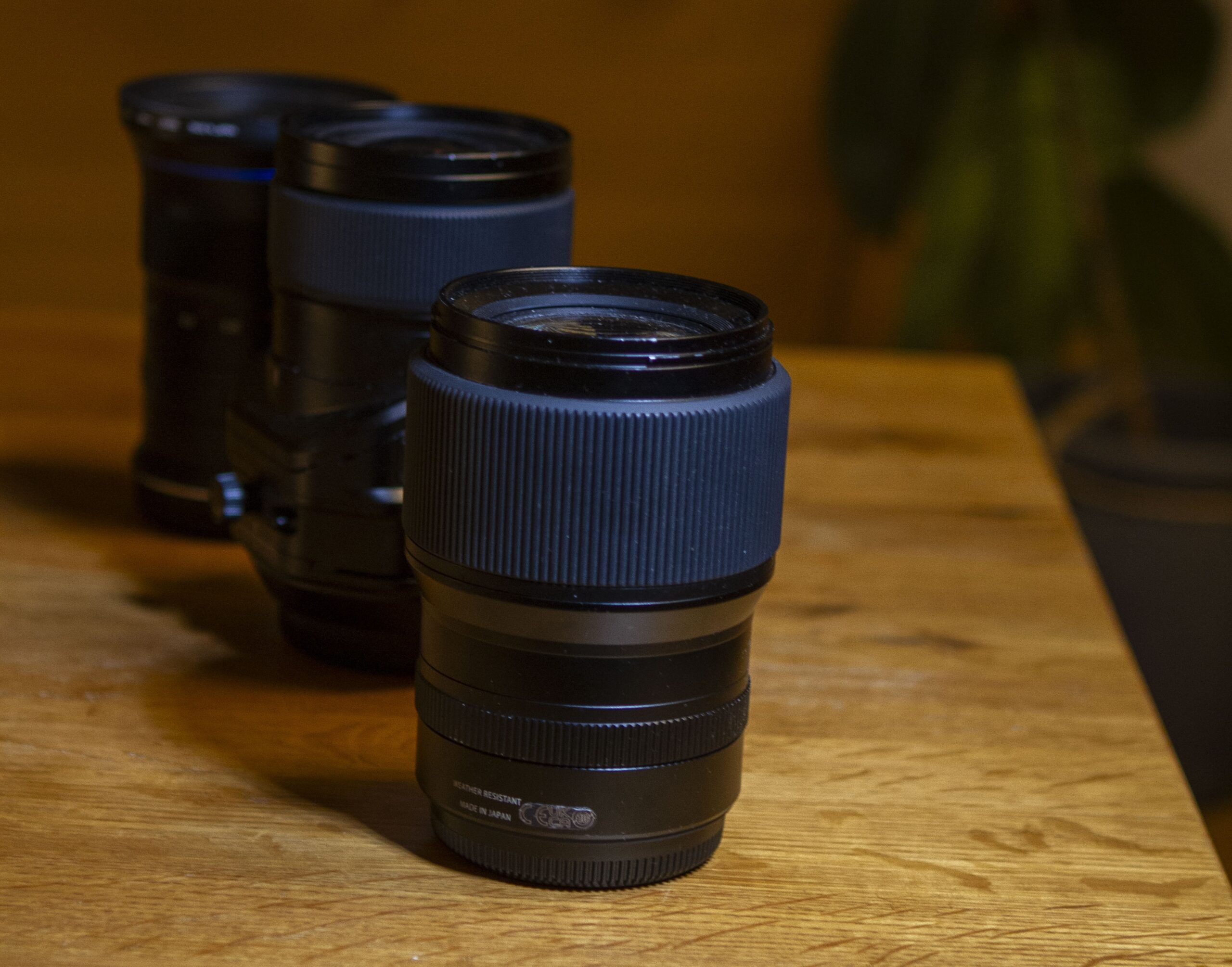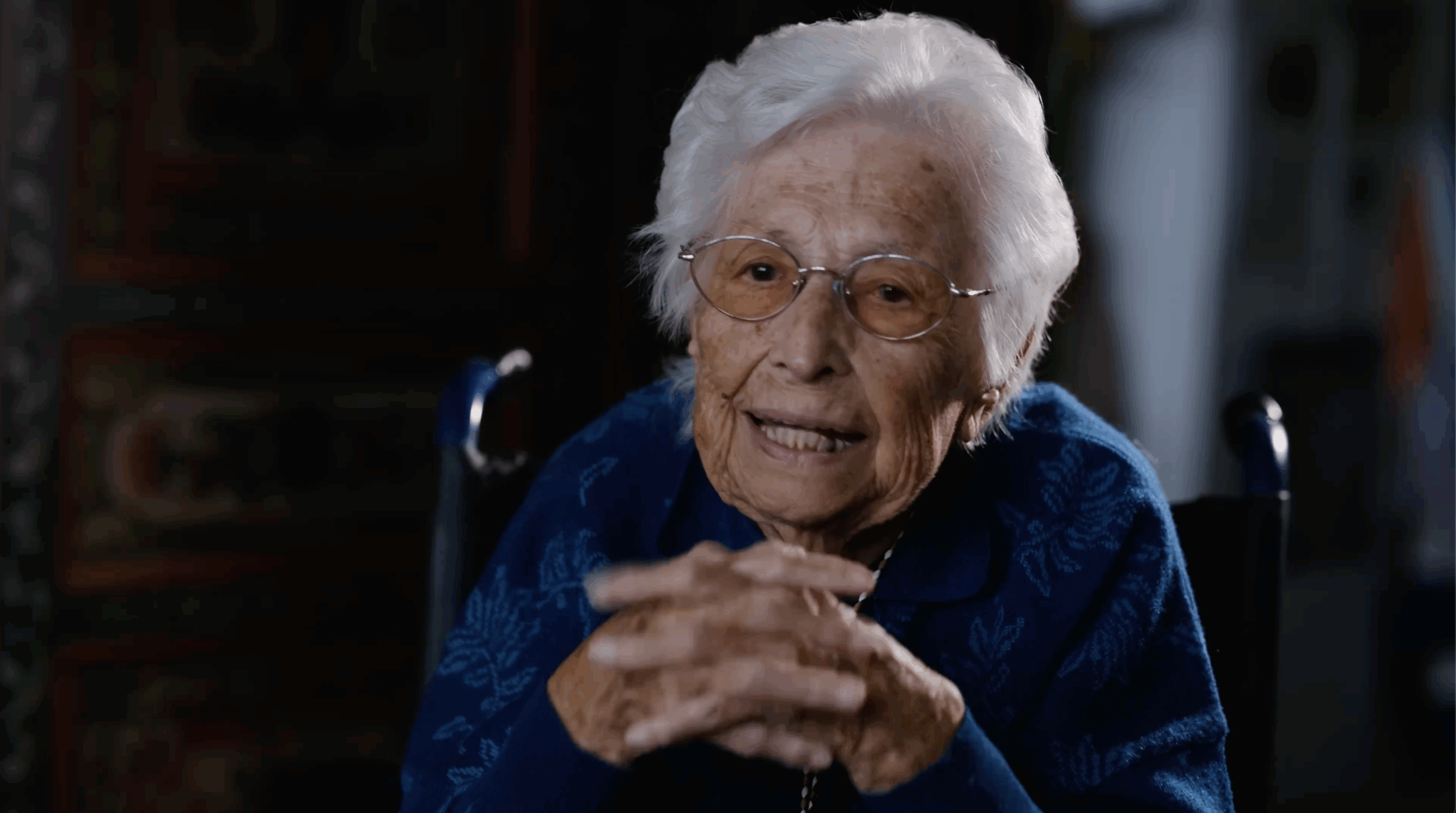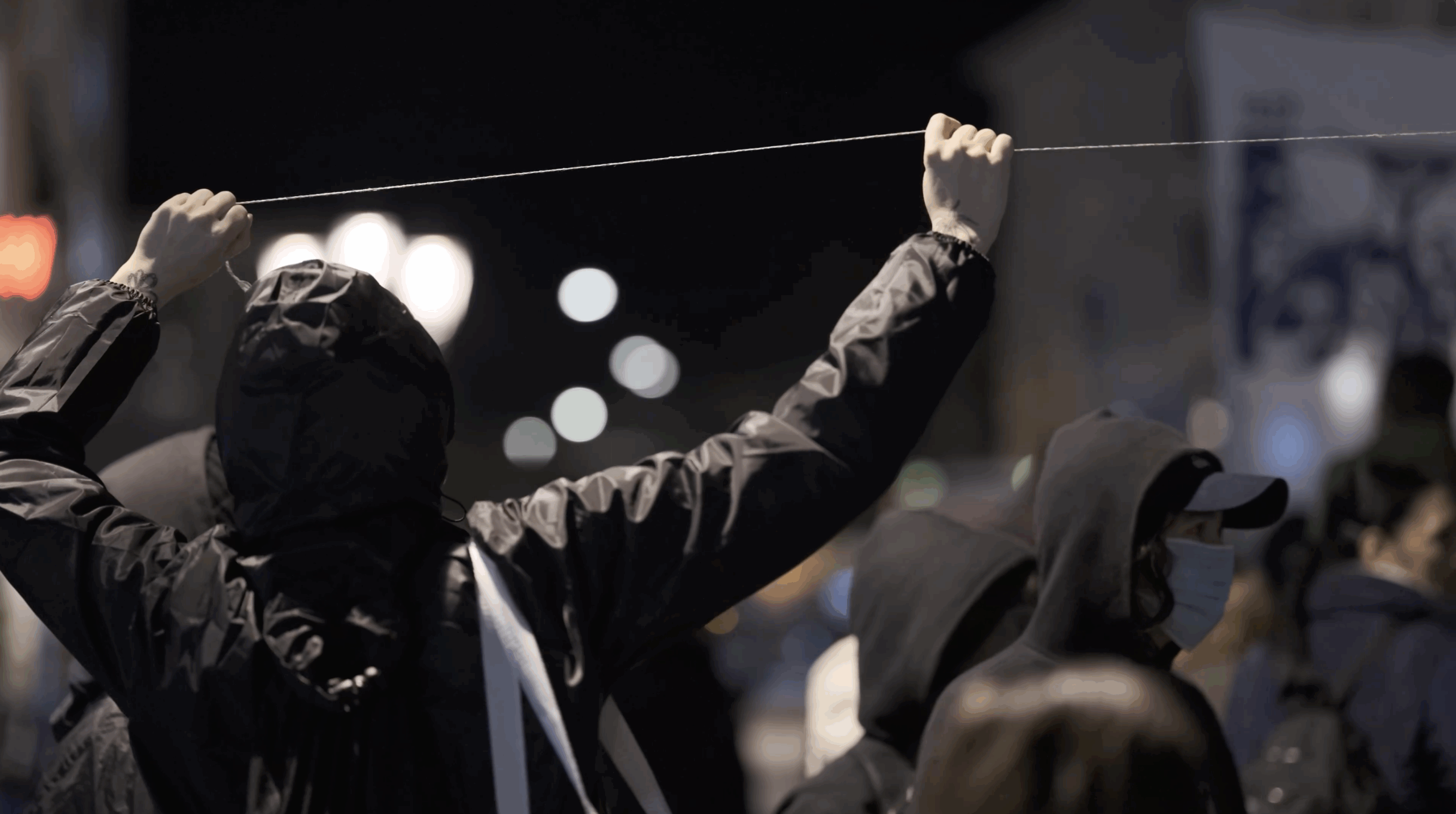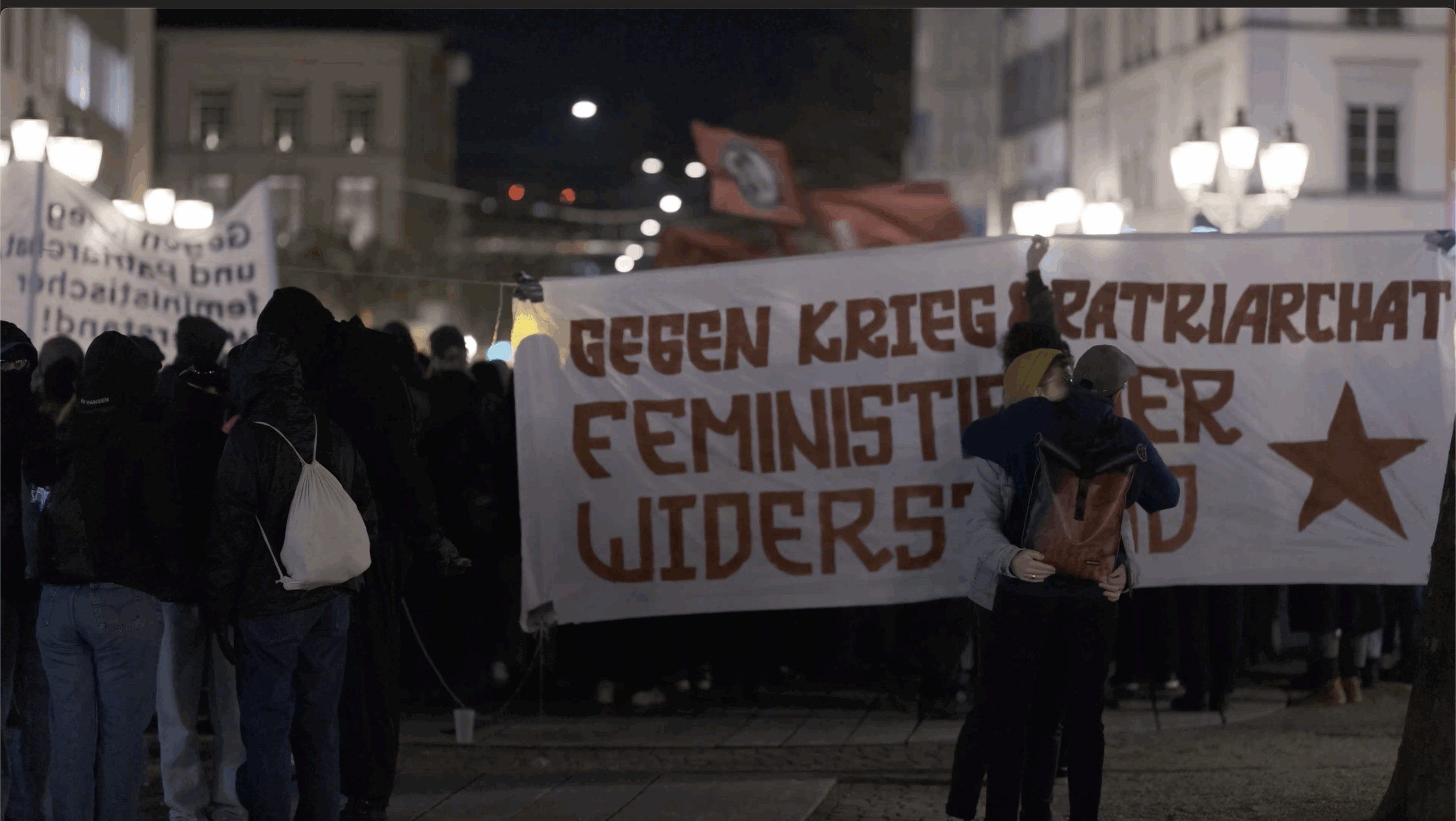Optics: Lowlight and Compression with the 110mm f/2


At a 110mm focal length, there are no visible distortions, giving natural and pleasant proportions. This is especially relevant when shooting interviews, since the human eye is good at picking up irregularities in faces.

The high focal length also contributes to the separation of foreground and background through blurring. This is further helped by the wide Maximum aperture of f/2, which renders smooth and soothing Bokeh (blurry background).

Finally this is the lens for low-light situations. The large lens opening lets in a lot of light. In this example I was shooting footage of a protest in the night. I saw a brighter image through the camera viewfinder then through my naked eyes. It’s like using night vision googles without the green tint.
Having enough light coming in through the lens also allowed me the luxury to double the shooting framerate (from 25fps to 50fps). This halves the light each image receives, but the smooth look of slowed down footage is well worth it.

Looking around on youtube for references, I did notice that most filmmakers won’t use Slow-Motion in low light scenes; likely to capture more light per image and improve the image quality. Night-Time Slow-Motion is therefore still a somewhat unique look.
